Home>Gardening & Outdoor>Landscaping Ideas>How Many NFL Fields Have Natural Grass
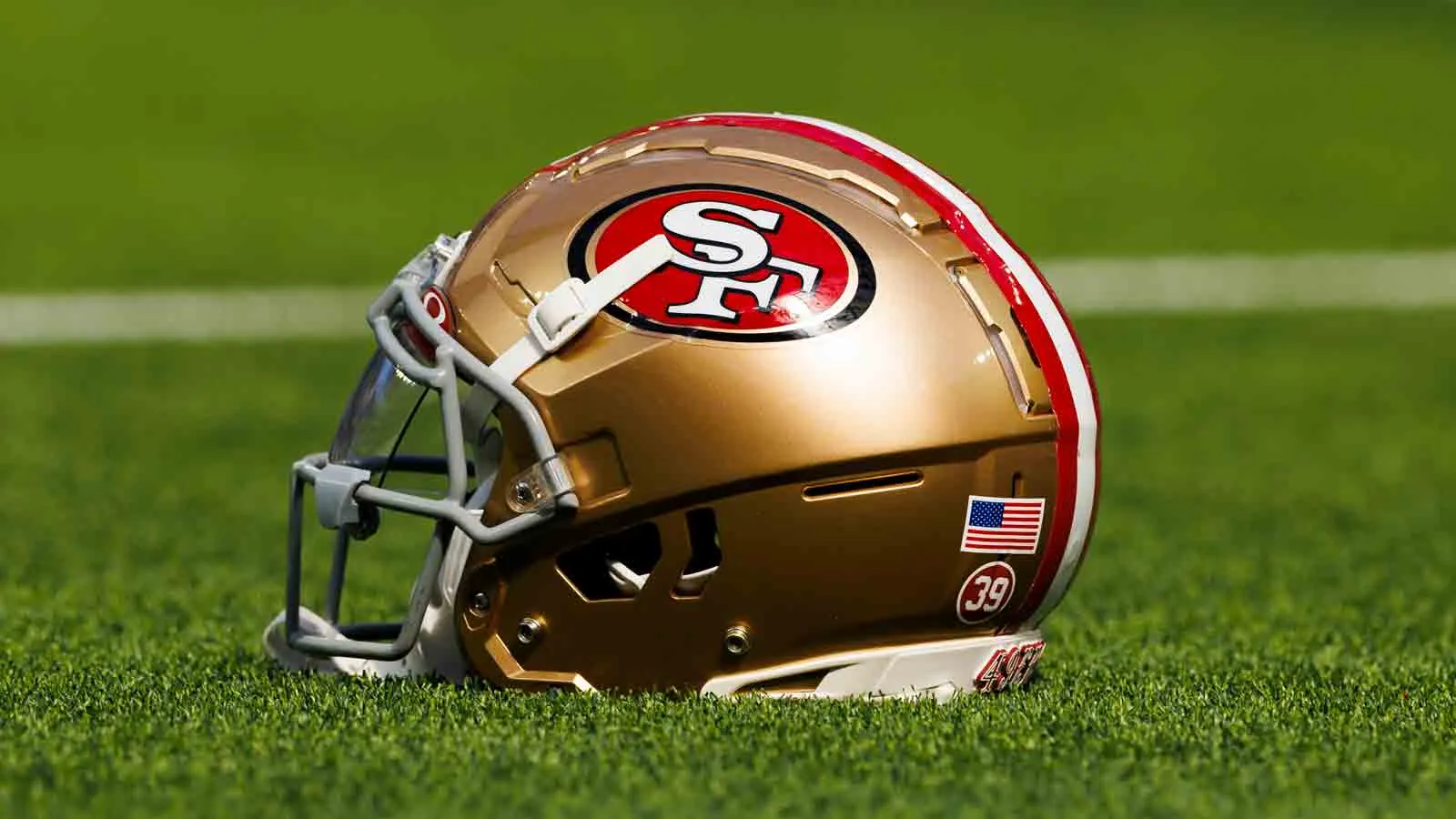

Landscaping Ideas
How Many NFL Fields Have Natural Grass
Modified: February 18, 2024
Discover the best landscaping ideas for natural grass NFL fields. Learn about the benefits and maintenance of natural grass in professional sports.
(Many of the links in this article redirect to a specific reviewed product. Your purchase of these products through affiliate links helps to generate commission for Storables.com, at no extra cost. Learn more)
Introduction
When it comes to the game of football, the playing surface holds immense significance. The choice between natural grass and artificial turf has been a subject of debate and careful consideration, especially in the National Football League (NFL). The surface on which the game is played not only impacts the players' performance but also influences the overall experience for both athletes and spectators.
In this article, we will delve into the world of NFL fields and explore the prevalence, benefits, challenges, and the future of natural grass. As we embark on this journey, we will uncover the intriguing details surrounding the use of natural grass in NFL fields, shedding light on its advantages, maintenance challenges, and the evolving landscape of playing surfaces in professional football. Let's kick off this exploration by understanding the benefits of natural grass and its impact on the game.
Key Takeaways:
- Natural grass in NFL fields offers safety, aesthetics, and eco-friendliness, enhancing player performance and preserving the traditional allure of football.
- Despite challenges, the future of natural grass in NFL fields looks promising, driven by innovation, sustainability, and a commitment to player-centric design.
Read more: How Many Nfl Fields Have Real Grass
The Benefits of Natural Grass
Natural grass has been an integral part of sports fields for decades, offering a myriad of benefits that contribute to the overall quality of the game. In the realm of NFL fields, the advantages of natural grass extend beyond mere aesthetics, encompassing player safety, performance, and environmental considerations.
1. Player Safety and Performance: Natural grass provides a more forgiving surface compared to artificial turf, reducing the risk of certain injuries, such as concussions and joint-related issues. The natural cushioning and traction offered by grass can enhance player performance and agility, enabling them to make swift movements and tackles with greater confidence.
2. Aesthetics and Tradition: The lush green expanse of natural grass adds an aesthetic allure to the game, creating a visually captivating environment for players and fans alike. Moreover, natural grass aligns with the traditional image of football, evoking a sense of nostalgia and authenticity that resonates with the sport’s rich legacy.
3. Environmental Sustainability: Natural grass contributes to a more eco-friendly playing surface, as it aids in carbon sequestration, reduces heat buildup, and promotes natural water filtration. Additionally, the use of natural grass can align with sustainable practices, reflecting an environmentally conscious approach in sports arena management.
4. Enhanced Ball Movement and Bounce: The natural texture and resilience of grass facilitate smoother ball movement and bounce, adding an element of unpredictability to the game. This dynamic aspect of natural grass can influence game strategies and contribute to the overall excitement of football matches.
These compelling benefits underscore the significance of natural grass in NFL fields, emphasizing its role in fostering a safer, visually appealing, and environmentally sustainable playing environment. As we continue our exploration, we will uncover the prevalence of natural grass in NFL fields and gain insights into the challenges associated with its maintenance.
The Prevalence of Natural Grass in NFL Fields
While the allure of natural grass is undeniable, its prevalence in NFL fields has fluctuated over the years, influenced by various factors such as technological advancements, player preferences, and maintenance considerations. Historically, many NFL stadiums featured natural grass, embodying the traditional essence of the game. However, the emergence of artificial turf introduced a paradigm shift, prompting a transition towards synthetic surfaces in several NFL venues.
Despite this shift, natural grass continues to maintain a notable presence in the league, with several teams opting for its organic allure and performance-enhancing attributes. The decision to install natural grass or artificial turf in NFL fields is often influenced by a combination of the following factors:
- Player Feedback and Safety Concerns: The input of players and their preferences regarding playing surfaces play a pivotal role in determining the prevalence of natural grass. Player safety and comfort are paramount, driving the demand for surfaces that mitigate injury risks and enhance performance.
- Technological Innovations in Turf Management: Advancements in turf management technologies have empowered groundskeepers to maintain natural grass more effectively, overcoming previous challenges related to turf quality and durability. These innovations have contributed to the resurgence of natural grass in NFL fields.
- Environmental and Aesthetic Considerations: The visual appeal and environmental impact of natural grass resonate with fans and stadium management, influencing decisions regarding playing surfaces. The lush, natural aesthetic of grass fields aligns with the traditional image of football, fostering a deeper connection with the sport’s heritage.
Amidst these considerations, a notable trend has emerged, reflecting a balanced coexistence of natural grass and artificial turf within the NFL landscape. While some teams have embraced the resilience and low maintenance requirements of artificial turf, others have remained steadfast in their commitment to natural grass, recognizing its intrinsic value in shaping the game-day experience.
As we navigate the intricate tapestry of playing surfaces in the NFL, it becomes evident that the prevalence of natural grass continues to endure, underpinned by its unique blend of safety, performance, and aesthetic advantages. However, the maintenance challenges associated with natural grass warrant a closer examination, shedding light on the intricate efforts required to uphold its pristine quality.
There are currently 17 NFL stadiums with natural grass fields, including iconic venues like Lambeau Field and Soldier Field.
The Challenges of Maintaining Natural Grass
While natural grass offers an array of benefits, its maintenance presents a set of challenges that demand dedicated expertise, resources, and meticulous care. In the context of NFL fields, the rigorous demands of professional football, coupled with varying climatic conditions, amplify the complexities associated with preserving the integrity of natural grass surfaces.
1. Wear and Tear: The relentless physical demands of football matches, including rapid sprints, tackles, and pivots, exert significant pressure on natural grass fields. This constant wear and tear can lead to surface irregularities, divots, and bare patches, necessitating prompt maintenance to ensure optimal playing conditions.
2. Climate and Weather Sensitivity: Natural grass fields are susceptible to the impact of weather fluctuations, ranging from excessive rainfall to extreme heat. These conditions can impede grass growth, promote soil compaction, and create challenges in maintaining consistent turf quality throughout the NFL season.
3. Field Drainage and Irrigation: Effective drainage and irrigation systems are imperative for natural grass fields, especially in NFL stadiums that experience diverse weather patterns. Proper water management is essential to prevent waterlogging, facilitate adequate hydration for the turf, and mitigate the risk of uneven playing surfaces.
4. Turfgrass Diseases and Pest Control: Maintaining the health and vitality of natural grass involves vigilant pest control measures and proactive strategies to combat turfgrass diseases. Fungal infections, insect infestations, and weed proliferation pose persistent challenges that demand proactive management and swift intervention.
5. Intensive Maintenance Regimens: Natural grass fields necessitate comprehensive maintenance regimens, including mowing, fertilization, aeration, and turfgrass rejuvenation. These activities require meticulous planning, specialized equipment, and a skilled groundskeeping team to uphold the resilience and aesthetic appeal of the playing surface.
Addressing these challenges demands a harmonious fusion of expertise, innovation, and unwavering dedication to preserve the integrity of natural grass fields in NFL stadiums. As we navigate the complexities of turf maintenance, it becomes evident that the future of natural grass in NFL fields hinges upon the industry’s capacity to innovate and overcome these challenges, ensuring a compelling and sustainable playing environment for generations to come.
The Future of Natural Grass in NFL Fields
Amidst the evolving landscape of sports surfaces and the intricate dynamics of professional football, the future of natural grass in NFL fields unfolds as a compelling narrative shaped by innovation, sustainability, and the enduring quest for excellence. As the league navigates the intersection of tradition and technological advancement, several key factors influence the trajectory of natural grass in NFL stadiums, heralding a future characterized by resilience, environmental stewardship, and enhanced player experiences.
1. Technological Advancements in Turf Management: The relentless pursuit of innovation has yielded remarkable advancements in turf management technologies, empowering groundskeepers to overcome traditional challenges associated with natural grass maintenance. From state-of-the-art irrigation systems to precision turf monitoring, these innovations hold the promise of enhancing the durability and resilience of natural grass fields in NFL stadiums.
2. Sustainable Practices and Environmental Consciousness: The imperative to embrace sustainable practices resonates deeply within the realm of sports arena management, propelling a shift towards eco-friendly turf maintenance strategies. Natural grass aligns with the ethos of environmental stewardship, offering carbon sequestration benefits, natural cooling effects, and a harmonious coexistence with the surrounding ecosystem.
3. Player-Centric Design and Performance Optimization: The future of natural grass in NFL fields converges with a heightened focus on player safety, performance optimization, and injury prevention. Groundskeepers and turf management experts are poised to leverage cutting-edge turf technologies to create playing surfaces that mitigate injury risks, enhance agility, and elevate the overall quality of the game.
4. Adaptive Turf Varieties and Climate-Resilient Solutions: The quest for resilient natural grass varieties, capable of thriving in diverse climatic conditions, heralds a future where NFL fields boast adaptive turf solutions. These varieties exhibit enhanced resilience against inclement weather, promote consistent turf quality, and embody a steadfast commitment to delivering exceptional playing surfaces for athletes and fans.
As the NFL embraces the future of natural grass, a tapestry of innovation, sustainability, and player-centric design unfolds, shaping an era where tradition and progress converge harmoniously. The enduring allure of natural grass in NFL fields transcends mere aesthetics, embodying a legacy deeply rooted in player safety, environmental consciousness, and the timeless essence of the game.
As we conclude our exploration, the future of natural grass in NFL fields beckons with a promise of enduring relevance, resilience, and a steadfast commitment to crafting unparalleled experiences for athletes and spectators alike.
Read more: What Kind Of Grass Does Lambeau Field Have
Conclusion
Our journey through the captivating realm of natural grass in NFL fields has unveiled a tapestry of tradition, innovation, and the enduring pursuit of excellence. From the lush expanse of playing surfaces to the intricate nuances of turf maintenance, the significance of natural grass transcends mere aesthetics, embodying a legacy steeped in player safety, environmental consciousness, and the timeless allure of the game.
As we reflect on the benefits, prevalence, challenges, and future of natural grass, a profound narrative emerges, illuminating the intrinsic value of this organic playing surface. The player-centric advantages of natural grass, encompassing safety, performance, and aesthetic appeal, underscore its irreplaceable role in shaping the NFL experience.
The coexistence of natural grass and artificial turf within the NFL landscape reflects a nuanced equilibrium, where tradition harmonizes with technological innovation, and sustainability converges with player-centric design. This dynamic interplay heralds a future where natural grass fields epitomize resilience, environmental stewardship, and a commitment to delivering unparalleled playing surfaces for athletes and fans.
As the NFL navigates the evolving terrain of sports surfaces, the enduring allure of natural grass endures as a testament to the sport’s heritage, embracing the future with unwavering resilience and a steadfast dedication to excellence. The legacy of natural grass in NFL fields unfolds as a timeless narrative, echoing the spirit of the game and the enduring pursuit of creating extraordinary experiences on the gridiron.
As we bid adieu to this exploration, the legacy of natural grass in NFL fields stands as a testament to the enduring essence of football, where tradition, innovation, and the quest for excellence converge to craft an indelible legacy on the hallowed grounds of the gridiron.
Frequently Asked Questions about How Many NFL Fields Have Natural Grass
Was this page helpful?
At Storables.com, we guarantee accurate and reliable information. Our content, validated by Expert Board Contributors, is crafted following stringent Editorial Policies. We're committed to providing you with well-researched, expert-backed insights for all your informational needs.
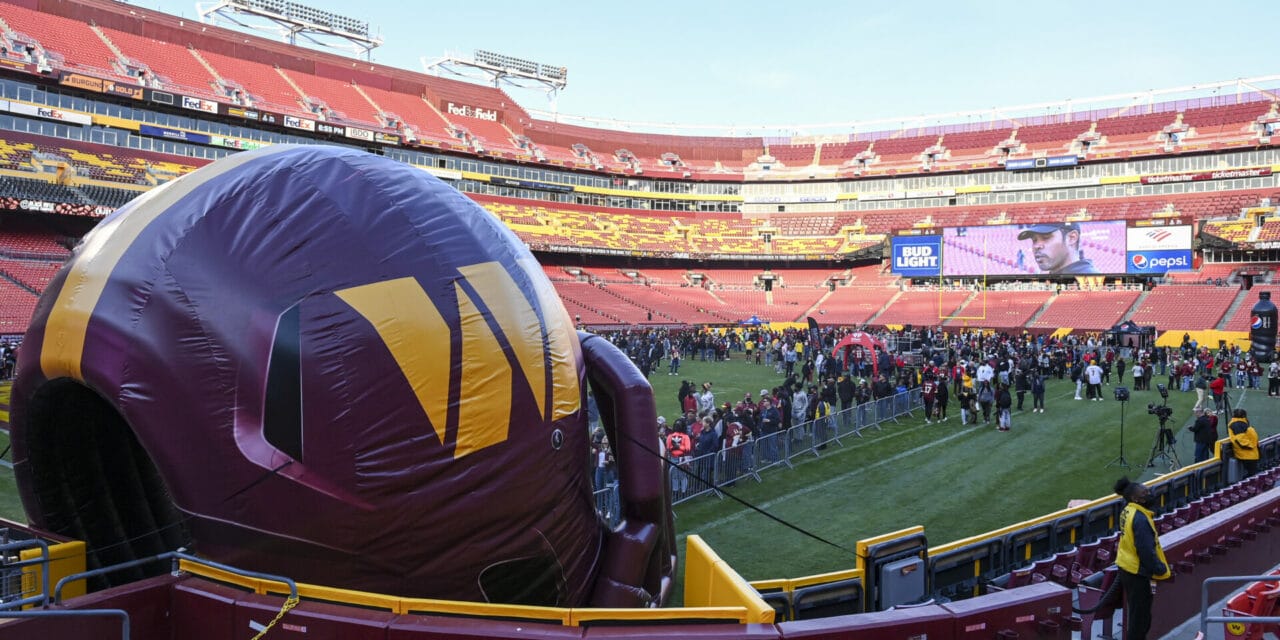
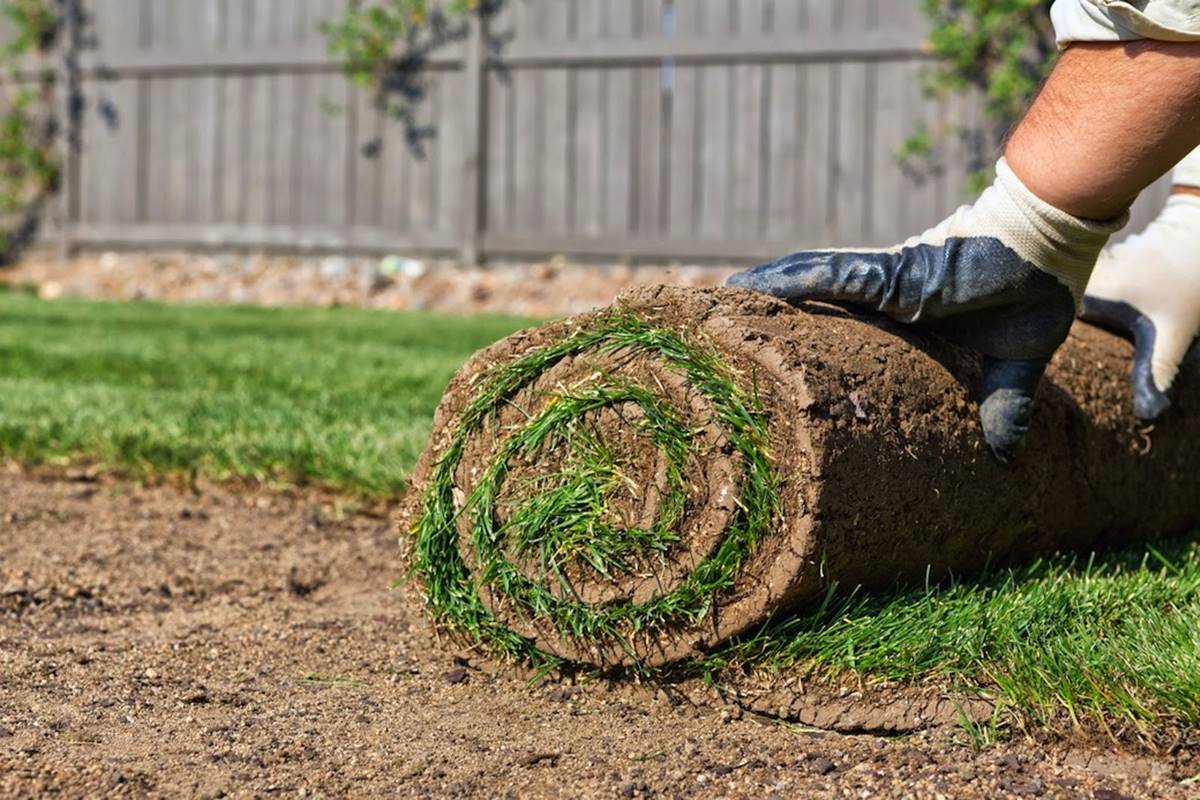
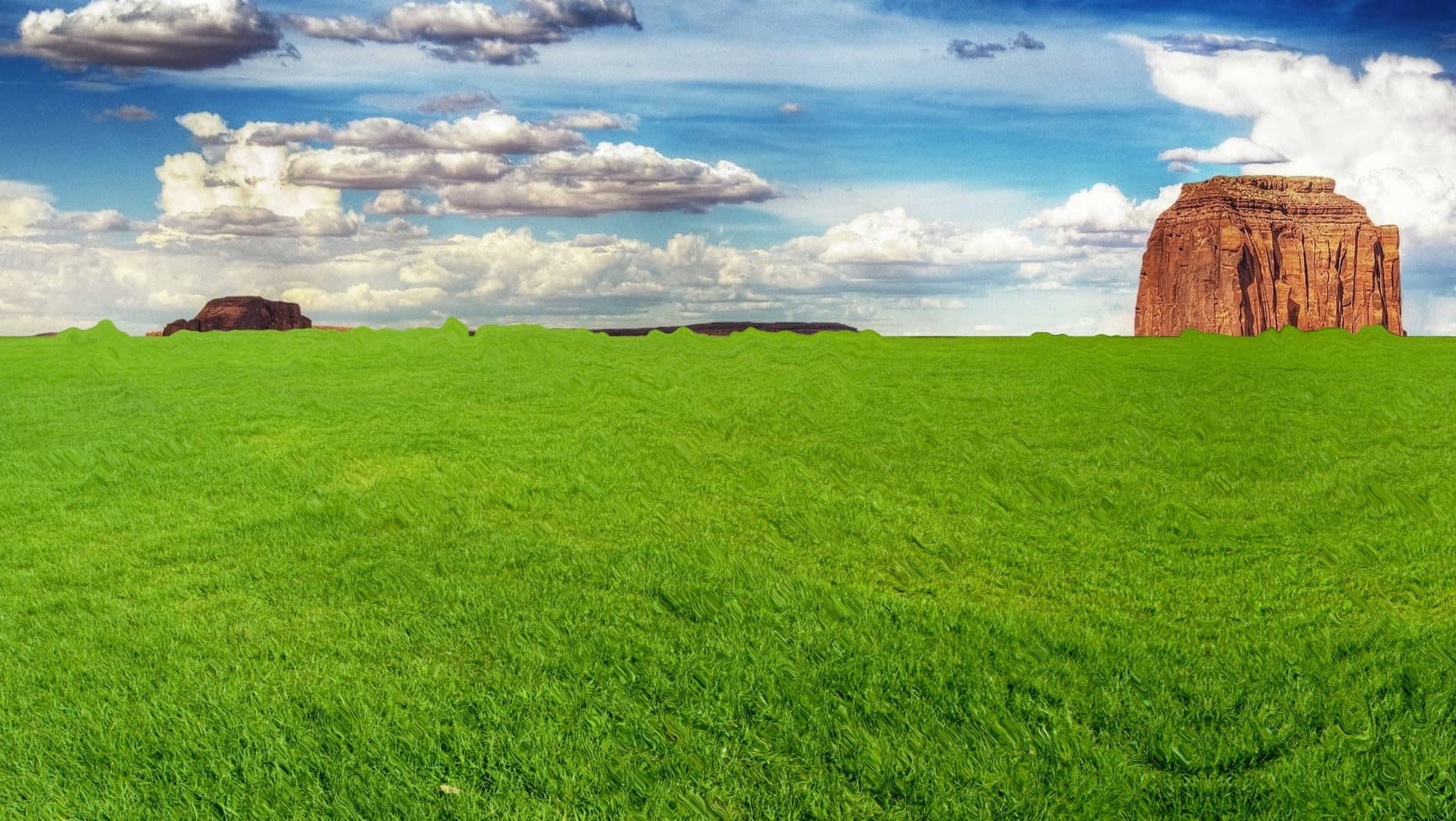
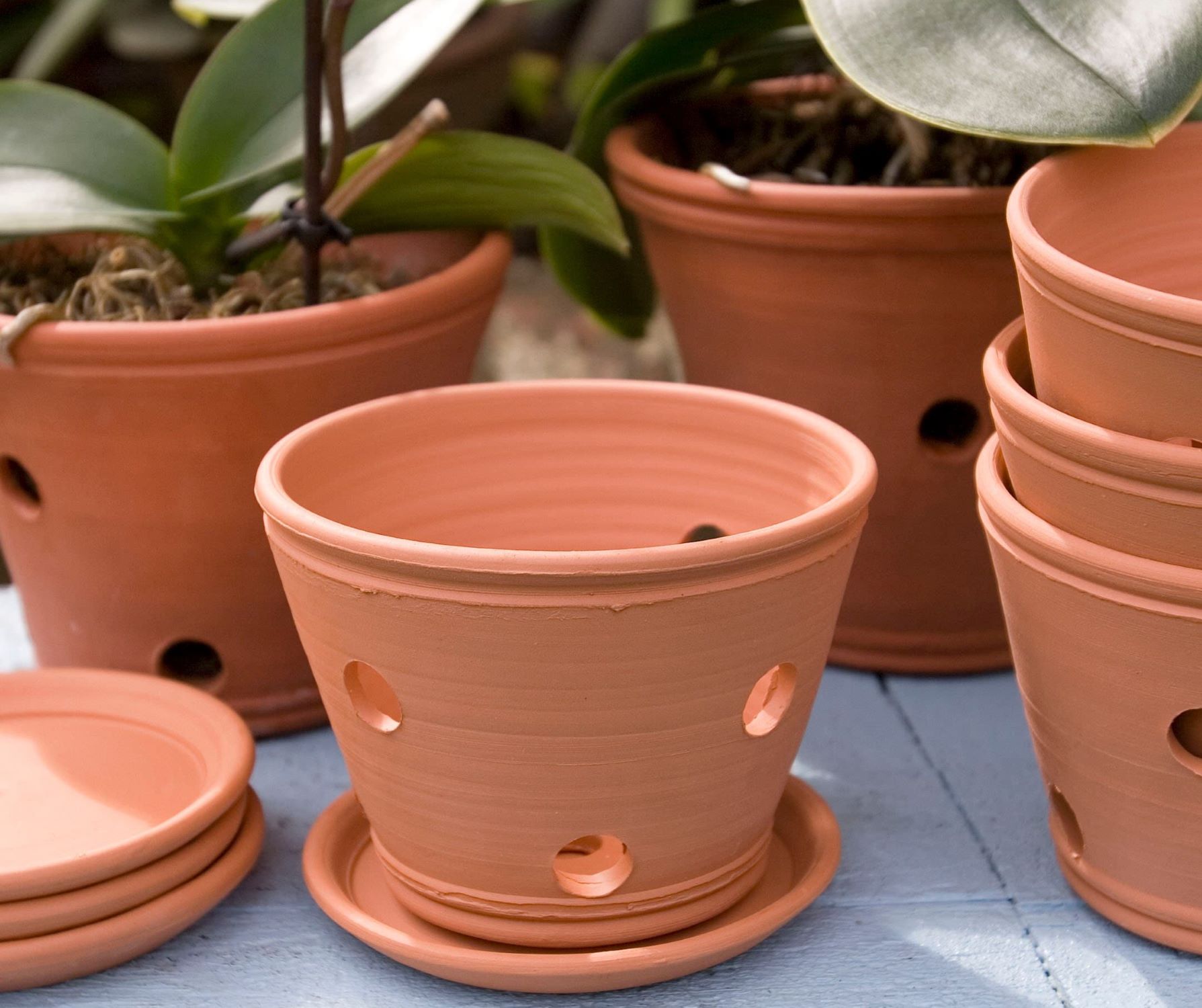
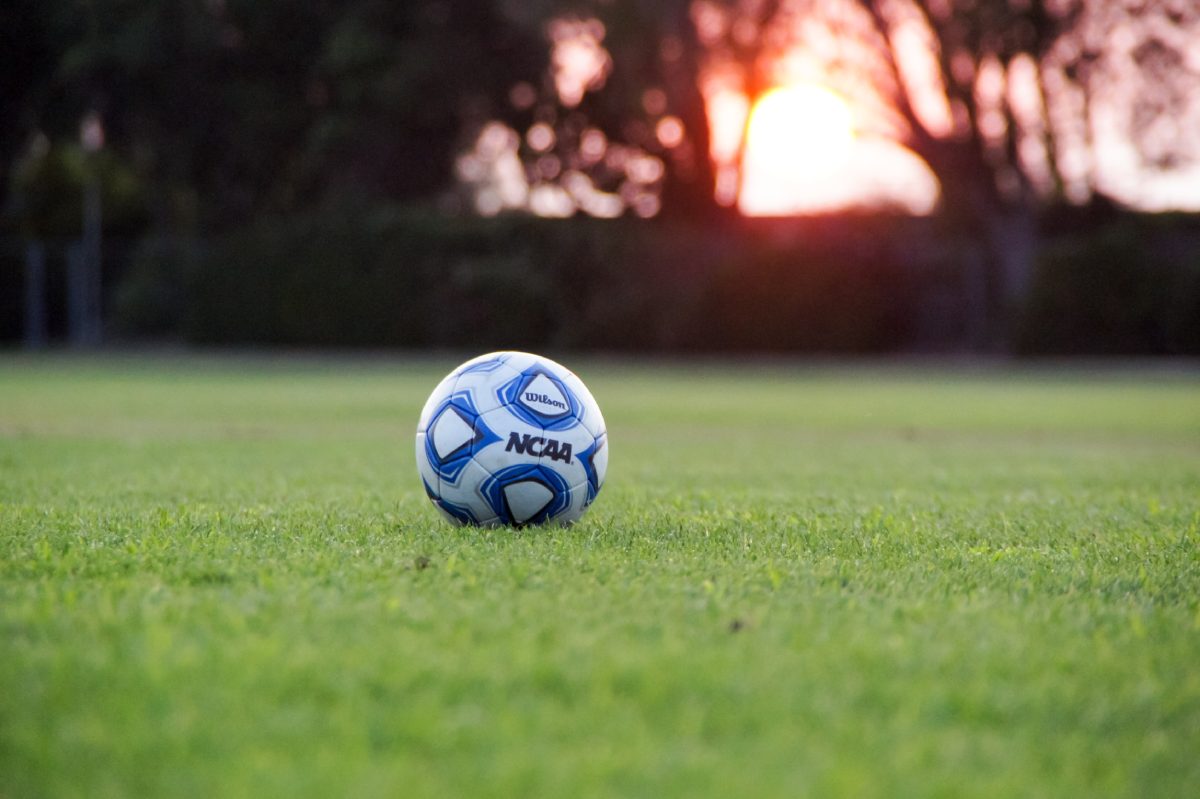
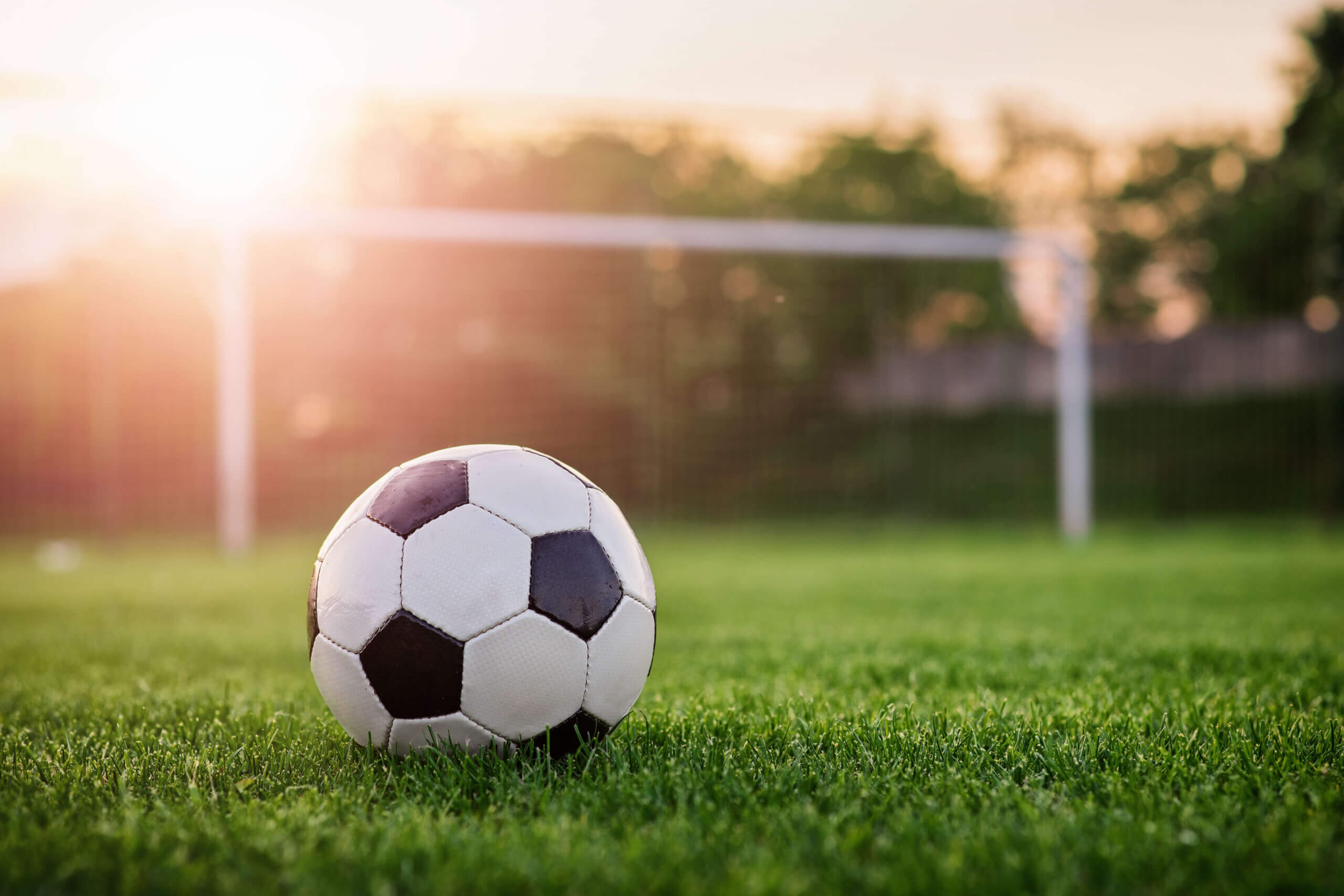
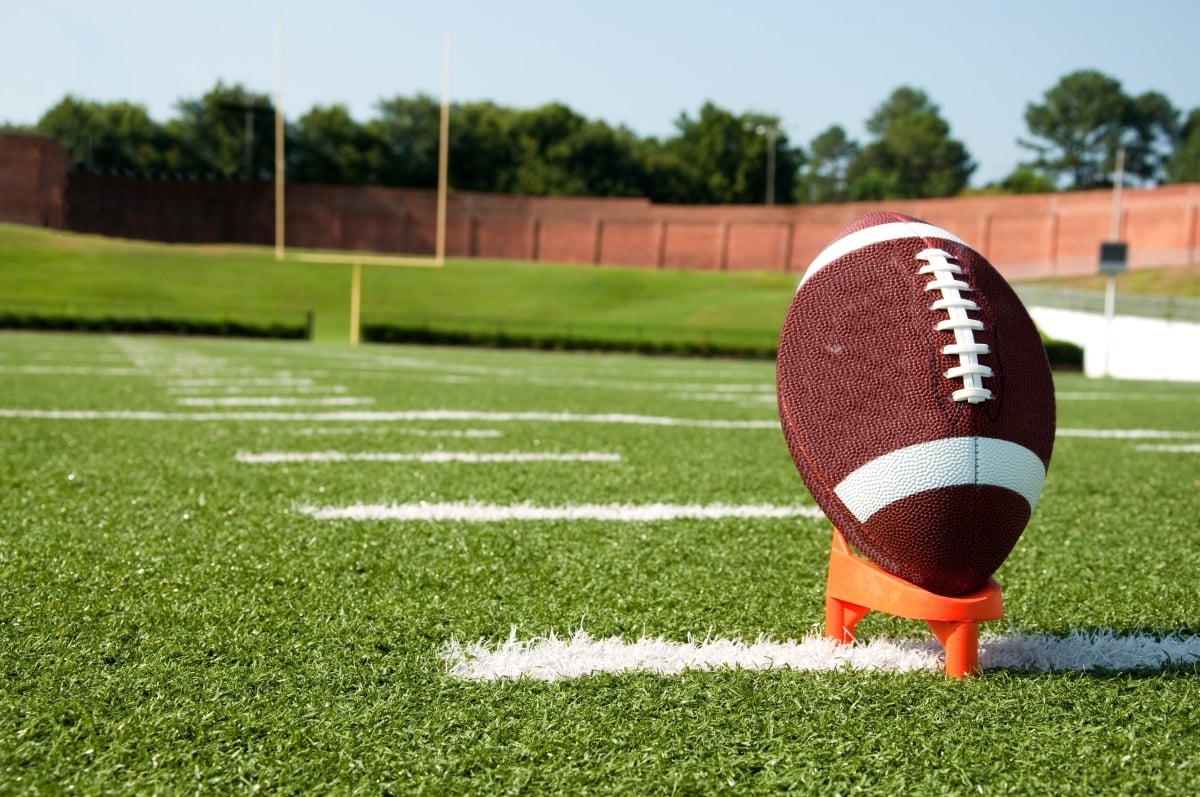
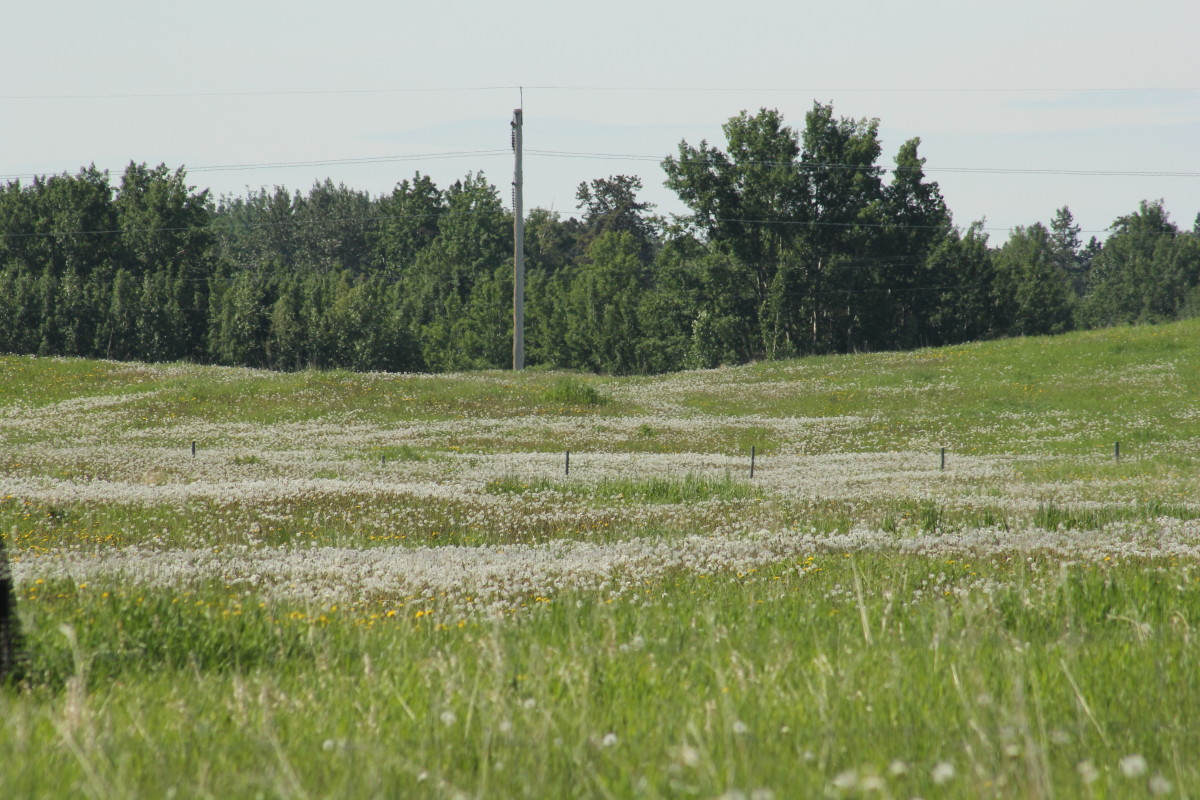
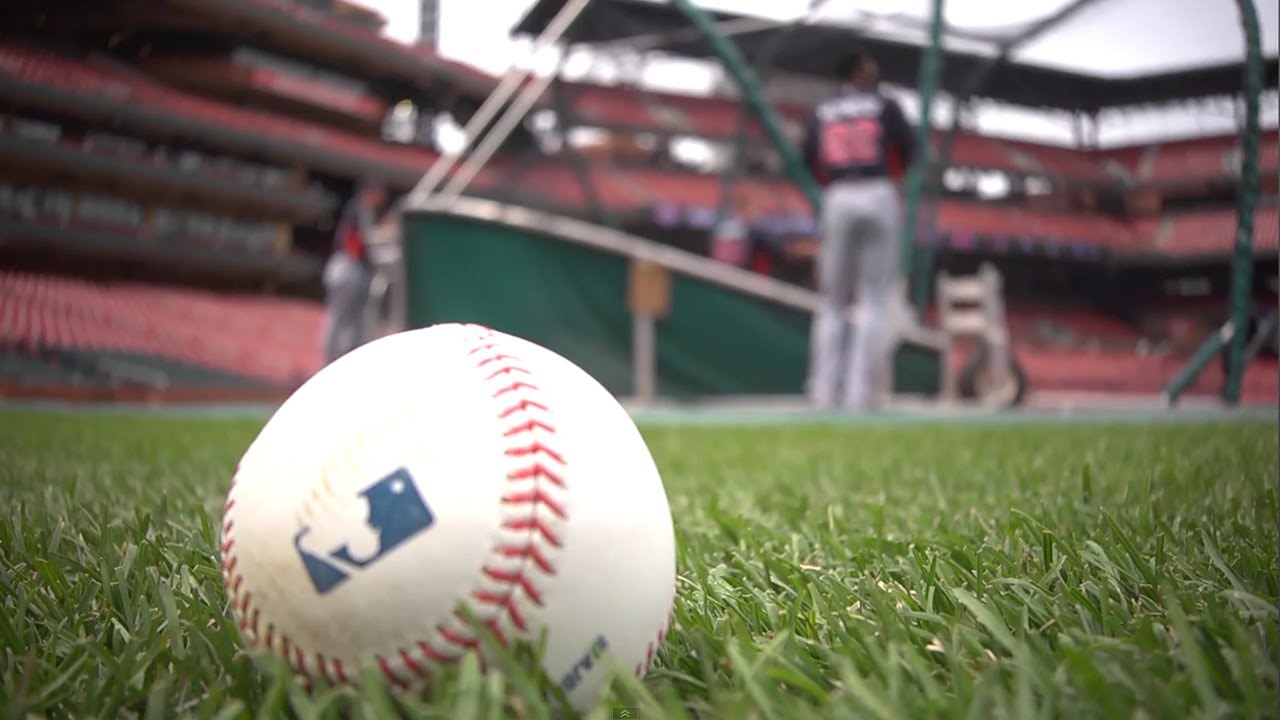
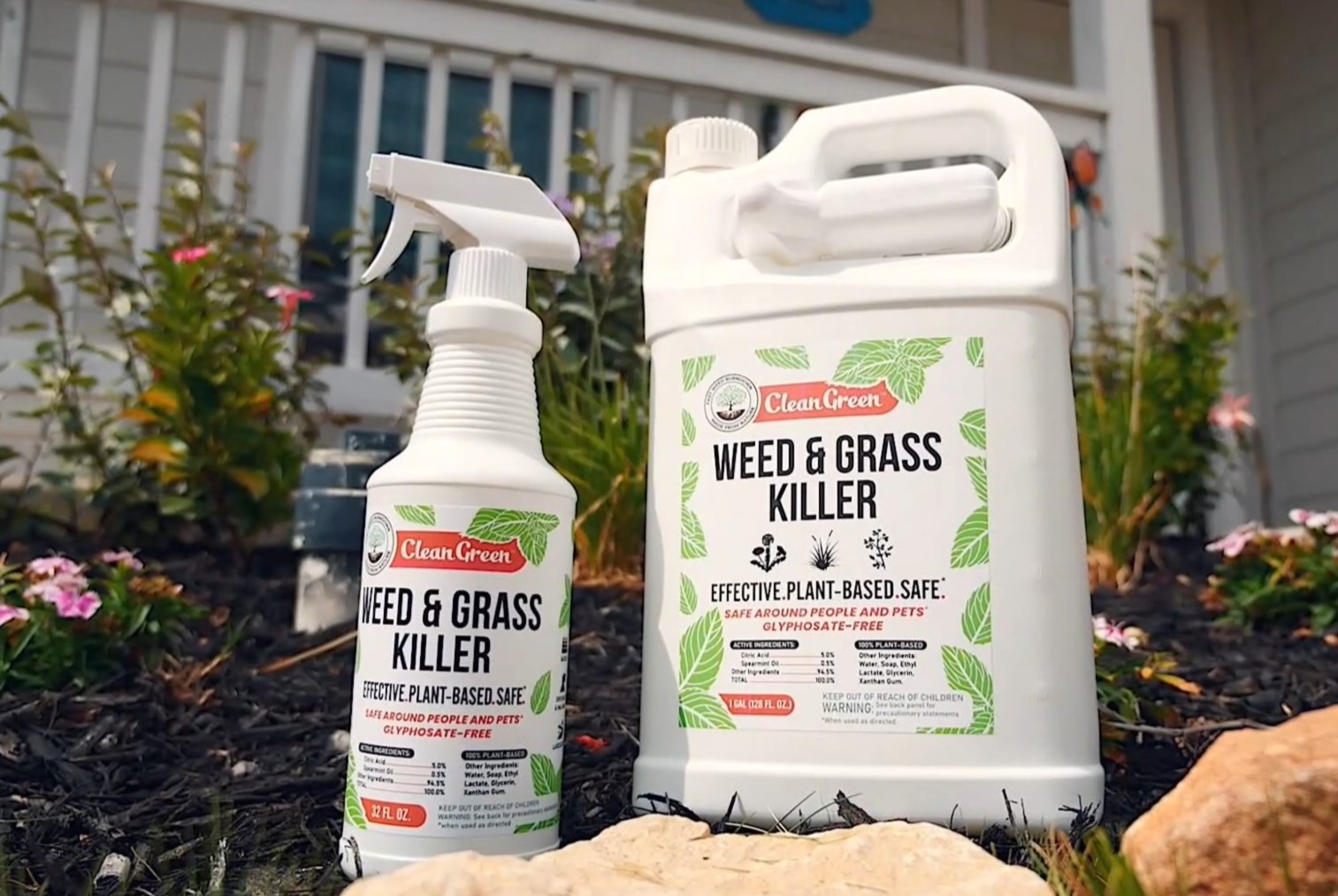



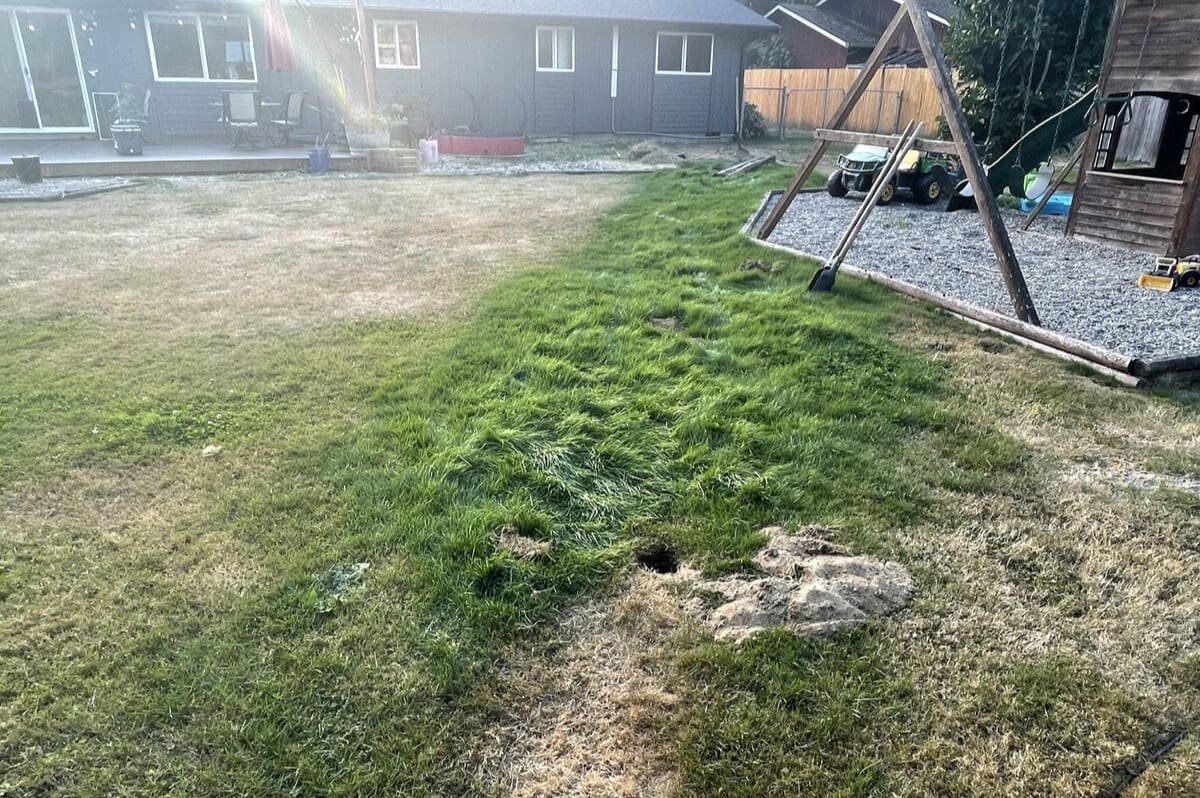

0 thoughts on “How Many NFL Fields Have Natural Grass”